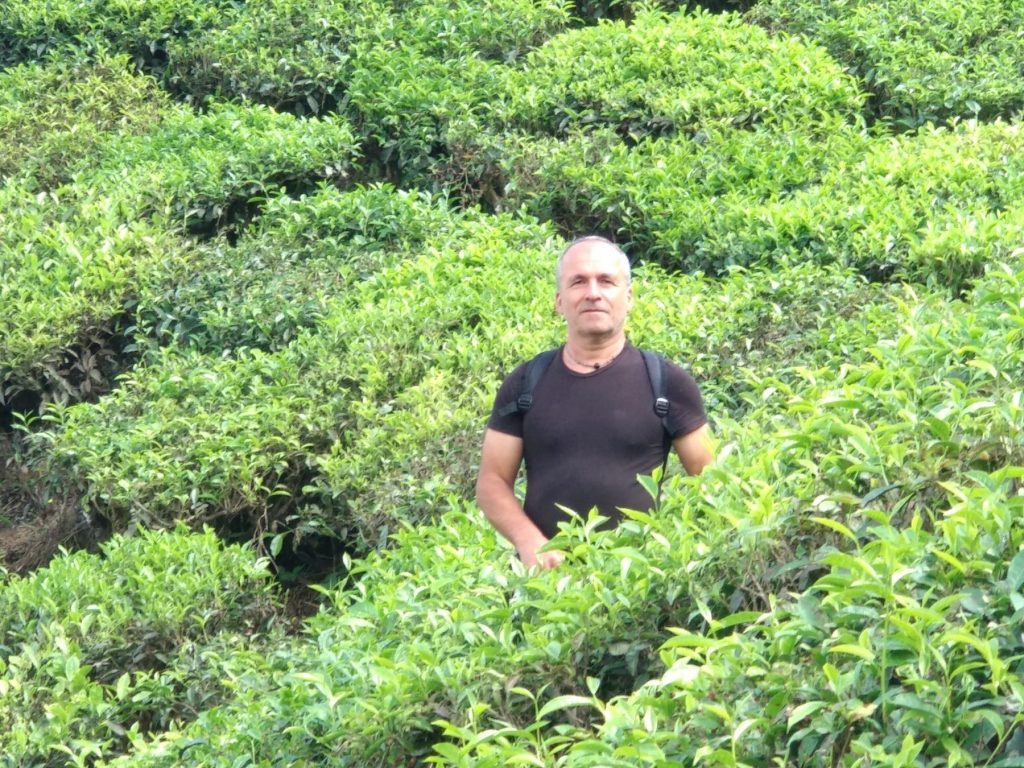What is your name? What are the main projects or organisations you are currently involved in? Can you briefly present their activity and your function?

My name is Nikos Dompazis and I grow traditional varieties of legumes and vegetables since 1996, in a garden of approx. 700 m2 in Northern Greece (Komotini). I grow traditional varieties of legumes (beans, peas, black-eyed peas).
I am a founding member of the local seed savers network in my area, Sporites Rodopis https://www.facebook.com/groups/sporitesrodopis/ and also the newly founded national Seed Savers Network SITO Seeds www.sito.gr.
Our network collaborates regularly with the local Regional Directory of Primary and Secondary Education for making school gardens and holding seed events, where many students take part producing seedlings that are then distributed for free.
Our networks also focuses on filling the knowledge gaps on maintaining, producing and ensuring the quality of traditional seed varieties, as well as informing the public and authorities about their importance for health and nutrition, for food sovereignty as well as for the environment.
How is your work or organisation related to legumes? (you can present a project in particular).
I grow legumes every year in my family garden, to save seeds and share them through Sporites Rodopis and SITO Seeds, but also for my family needs.
I grow:
- White- eyed cowpeas (Ampelofasoula/Louvia). This is a bean variety from Limnos island in north Aegean. They are harvested fresh and eaten as a salad. It is a special dish, popular also in the Aegean islands and Cyprus where they are called “Louvia”. They are “short” plants, they don’t need support and I intercrop with maize.
- Fresh short beans (Kathista from XIlagani). They are cooked fresh, with the skin, usually with tomato sauce, onion, garlic etc.
- Yellow climbing beans. They reach 2,5 meters and they are eaten like the “kathista” beans , fresh, with their skin, usually with tomato sauce, onion, garlic. What is special about them is the yellow colour of their skin.
- Peas. I grow a variety I was given from Aliveri in Evia island. I have sown them in autumn for more than 10 years.
I have tried to cultivate chick peas and a species of Lathyrus from Kasos called “Fava” in Greece but it didn’t work out.
What fact(s) about legumes do you find most compelling for their promotion? Which are the biggest challenges a) for producers and b) for consumers? (optional)
Legumes have a unique nutritional value, they are cooked easily in various ways, they also improve soil health, are easy to grow and resilient in drought.
Would you like to share specific information with the Global Bean club? (event coming up soon, link to a website)
Our seed savers’ group in Komotini, Sporites Rodopis is taking part in a festival called “We Grow” that is taking place every year in September. We will show the kids how to replant lettuce and sow rocket to take home.
We will also take part in the 10th festival of organic agriculture and crafts in Thessaloniki
How did you fall in love with legumes? Do you have a favourite legume and why? Tell us about your personal experiences with legumes.
I have a soft spot for White eyed cow-peas from Limnos island. My wife is originally from there, and I got introduced to white-eyed cow-peas when I first visited her family, as her fiancé, in 1988. It was a “love at first bite”, that I owe to my wife.
I also love the pea variety that was given to me by a story teller that was visiting the school I used to work at. He brought me some pea seeds from a friend of his in Evia island and I keep sowing them for more than 10 years.

